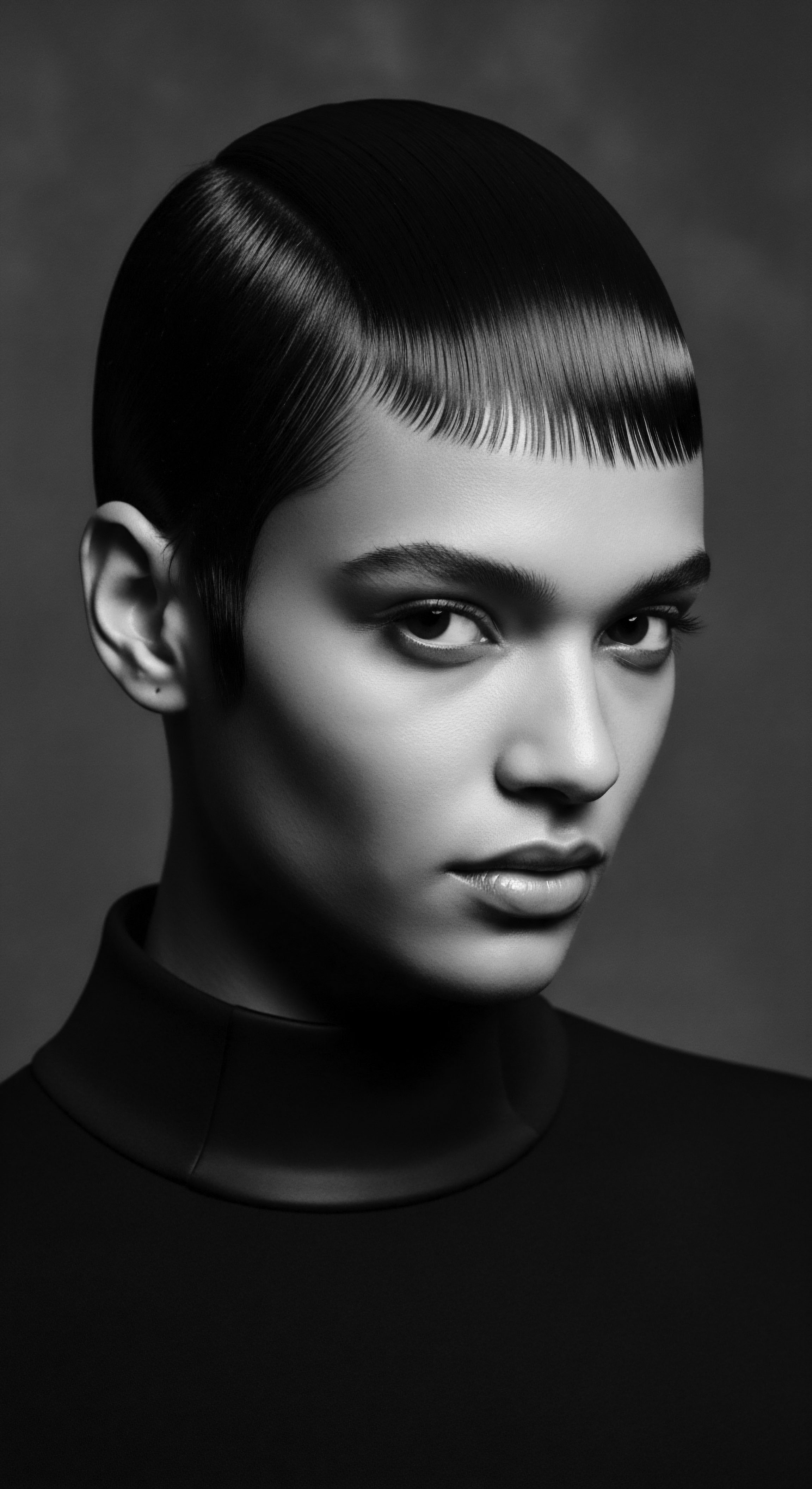
Fundamentals
Within Roothea’s ‘living library,’ the concept of ‘Identity Markers’ serves as a profound explanation of how textured hair, particularly within Black and mixed-race communities, transcends mere aesthetic qualities. This designation refers to the inherent characteristics of hair strands themselves, such as curl pattern, density, and porosity, alongside the rich tapestry of traditional and evolving practices of care, styling, and adornment. These elements collectively signify cultural lineage, personal narrative, and communal belonging. Understanding the foundational meaning of Identity Markers requires looking back to ancestral communities, where hair was never simply a physical attribute but a living document, a declaration of self and collective heritage.
From the earliest records, hair held a sacred position in many African societies, functioning as a sophisticated system of communication. Hairstyles could denote a person’s family background, their tribe, social standing, marital status, age, religious affiliation, and even their wealth. For instance, in pre-colonial Africa, a woman’s hair, if thick, long, and well-maintained, could signify her ability to bear healthy children and cultivate bountiful farms. Conversely, unkempt hair might suggest a state of mourning or distress.
This deep association meant that hair was often considered the most elevated part of the body, a direct conduit for spiritual energy and connection to the divine. This perspective made hair care a ritualistic and communal activity, often entrusted to close relatives, reinforcing familial and societal bonds.
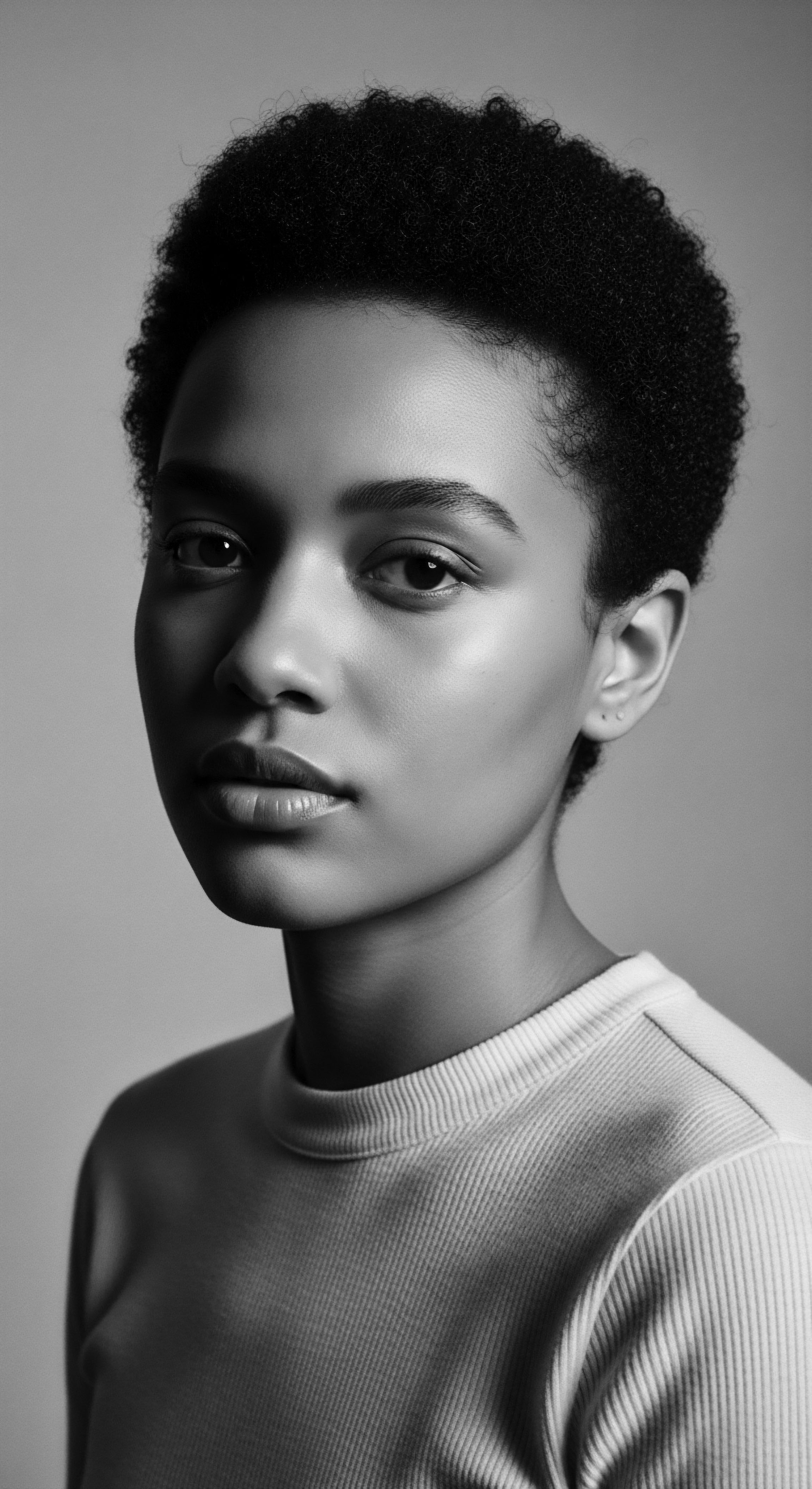
The Hair Strand as an Ancient Scroll
The very structure of textured hair, with its unique elliptical follicle shape, which produces curls ranging from waves to tight coils, stands as an elemental Identity Marker. This biological specificity, while distinct, is not a limitation but a testament to genetic diversity and adaptation. The inherent qualities of African hair, such as its typical dryness due to the uneven distribution of natural oils along its coiled structure, necessitated the development of specific, time-honored care practices.
These practices, passed down through generations, form an essential part of the heritage of Identity Markers. They include the use of natural ingredients like shea butter, coconut oil, and various herbs, which were meticulously applied to nourish and protect the hair.
Identity Markers in textured hair represent a living archive of ancestral wisdom, etched into each curl and coil, and expressed through enduring traditions of care.
The communal act of hair braiding, a practice dating back thousands of years, illustrates how Identity Markers were physically created and maintained. In ancient Africa, the intricate patterns woven into a person’s hair communicated their role within the community. Braiding sessions were not merely about aesthetics; they served as social gatherings where stories were shared, wisdom imparted, and community bonds strengthened. These practices were not uniform across the continent; different tribes, such as the Yoruba, Wolof, and Fulani, developed distinct styles that held significant cultural and spiritual meanings, each a unique expression of their collective identity.
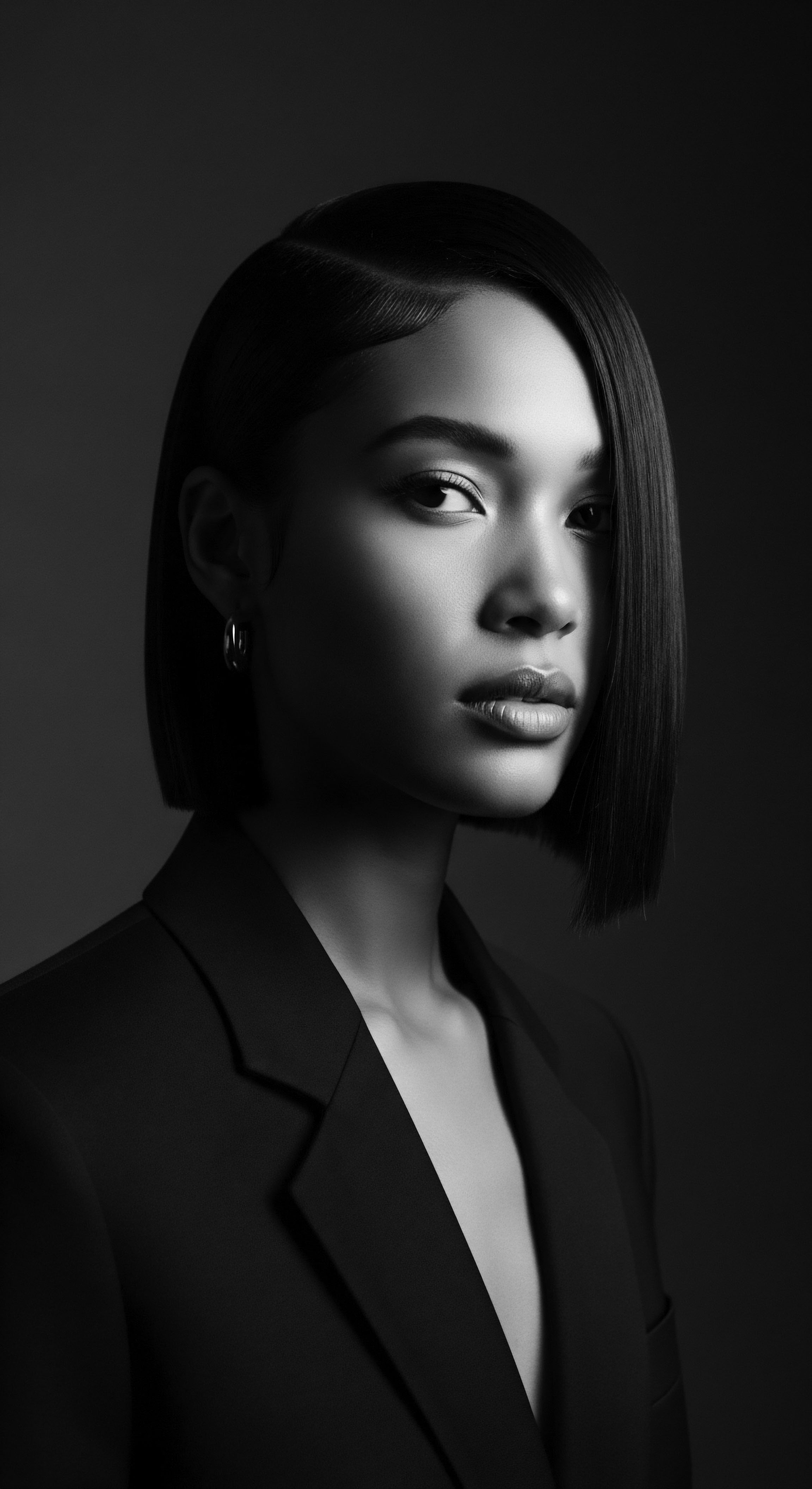
Elemental Components of Hair Identity
- Curl Pattern ❉ The inherent shape of the hair strand, ranging from loose waves to tight coils, often linked to specific ancestral lineages.
- Density ❉ The number of hair strands per square inch of the scalp, contributing to the hair’s overall volume and appearance.
- Porosity ❉ The hair’s ability to absorb and retain moisture, a characteristic that heavily influenced traditional care practices using natural oils and butters.
- Color ❉ The natural pigmentation of the hair, typically dark in textured hair, which also held symbolic meanings in various cultures.
The tools used in these ancestral practices also serve as tangible Identity Markers. Combs crafted from wood, bone, or ivory, often adorned with intricate carvings, were not only functional but also symbolic, representing social status or spiritual aspirations. These implements were integral to the meticulous process of washing, oiling, braiding, and decorating hair with shells, beads, and cloth. This holistic approach to hair care, where the physical act was intertwined with social and spiritual significance, forms the bedrock of understanding Identity Markers.
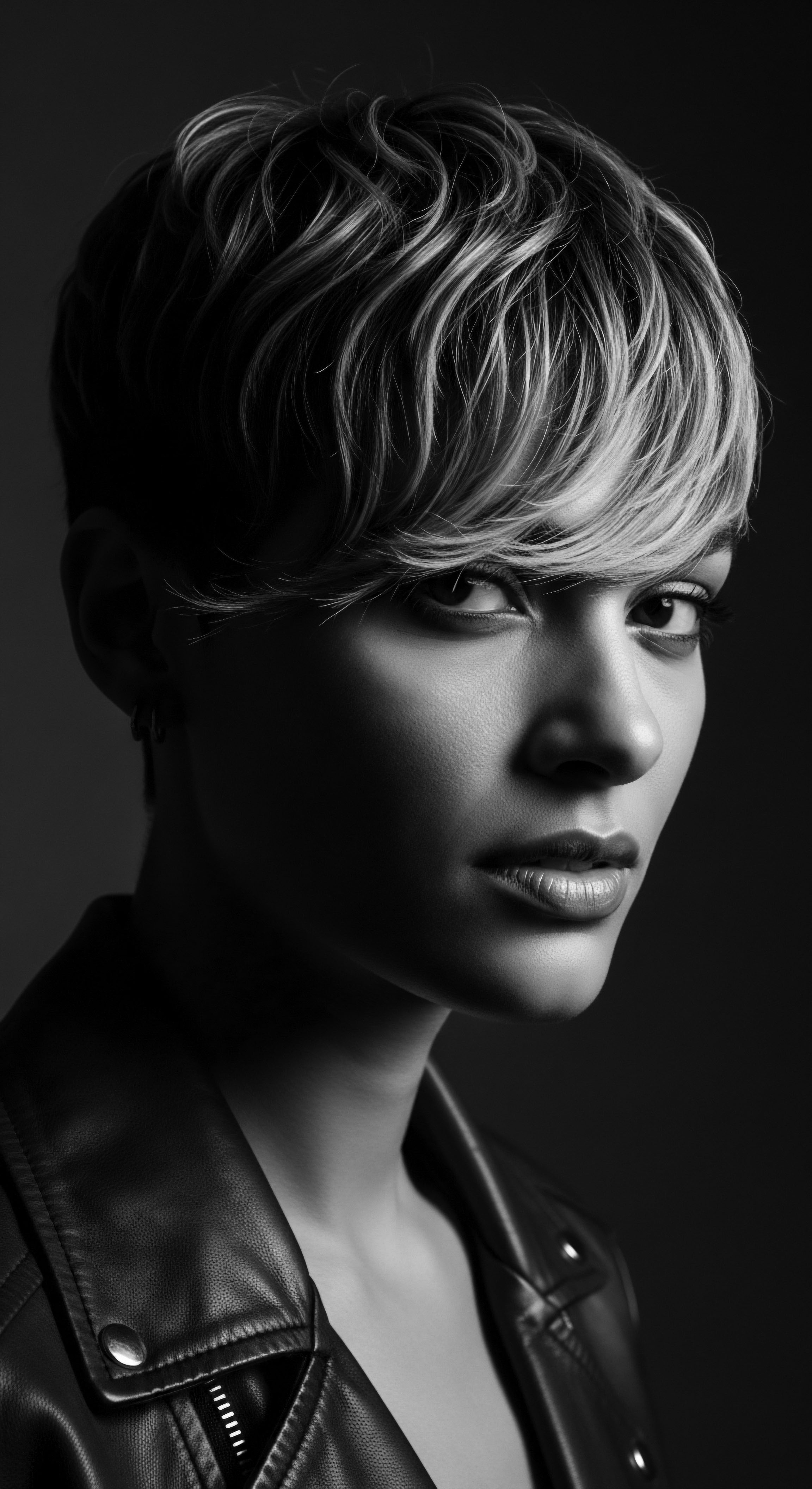
Intermediate
Moving beyond the foundational understanding, the intermediate meaning of ‘Identity Markers’ deepens by examining how heritage practices have been transmitted and adapted across generations and geographies, particularly within the vast African diaspora. This layer of comprehension focuses on the practical applications of Identity Markers within traditional and evolving hair care rituals and styling practices for textured hair. The continuity and adaptation of ancestral knowledge concerning hair care reveal a profound resilience, allowing cultural expressions to persist despite immense historical disruptions.
During the transatlantic slave trade, a period of immense suffering and cultural suppression, hair became an even more potent, albeit often hidden, Identity Marker. Enslaved Africans were frequently stripped of their traditional tools and forcibly shaved, an act designed to dehumanize them and erase their cultural ties. Yet, even under such oppressive conditions, the knowledge of hair care and styling endured. Braiding, for instance, transformed into a covert act of resistance and a means of communication.
Intricate cornrow patterns were used to secretly convey messages, map escape routes, or even conceal seeds for survival in new lands. This transformation underscores the profound significance of hair as a repository of cultural memory and a vehicle for defiance.
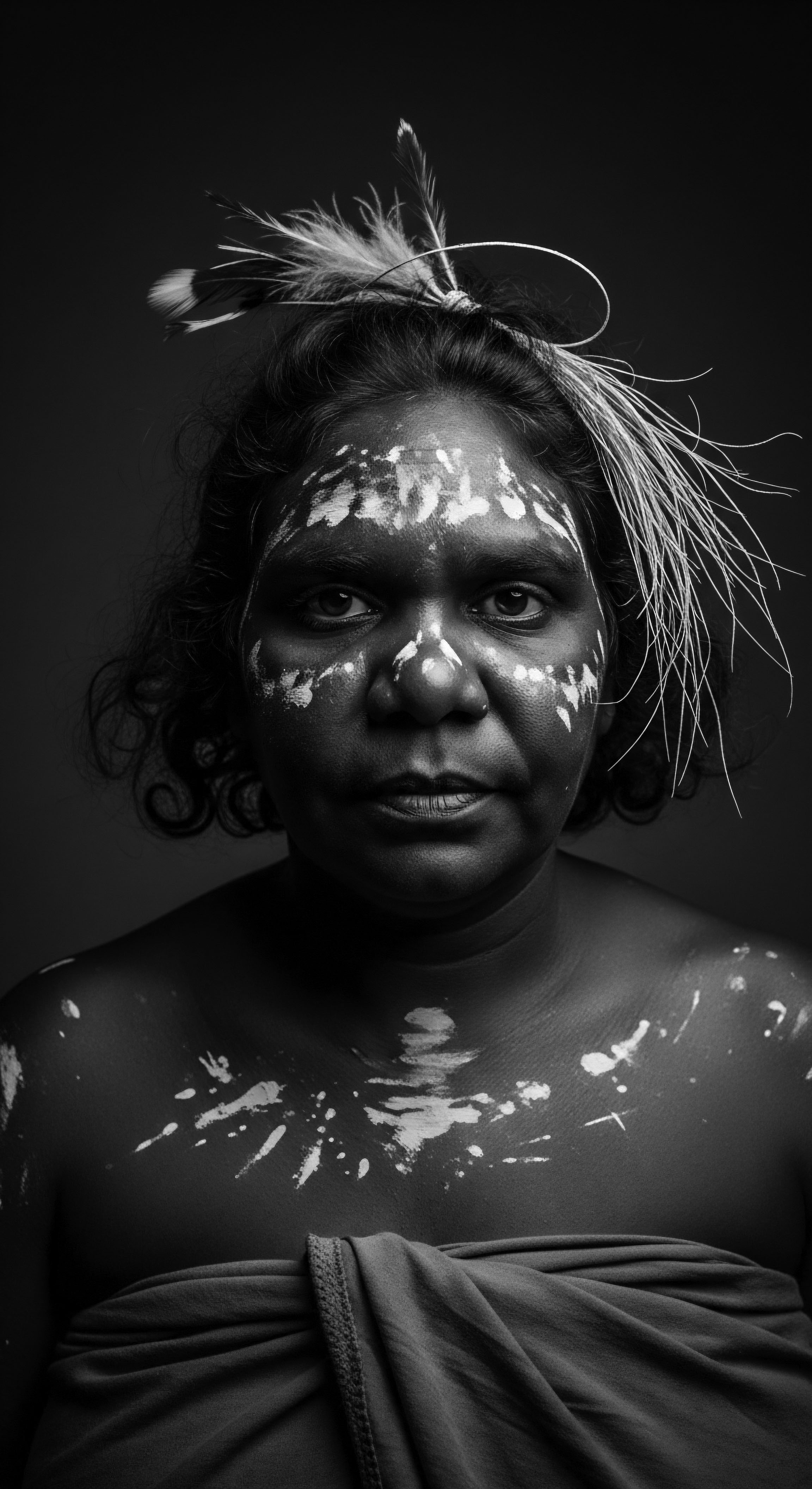
The Enduring Legacy of Styling and Adornment
The practical application of Identity Markers manifests vividly in the diverse styling practices that have persisted and evolved. Styles like cornrows, Fulani braids, and Bantu knots, each with deep roots in African history, continue to be celebrated across the diaspora. These styles are not merely decorative; they are narratives woven into the hair, carrying centuries of cultural symbolism. For example, Fulani braids, originating from the Fula people, stand as a testament to the intricate artistry and social codes embedded in pre-colonial African hair traditions, signifying lineage, status, and communal belonging.
The enduring legacy of Identity Markers is visible in the resilience of textured hair practices, adapting through centuries to maintain a vibrant connection to ancestral roots.
The care rituals accompanying these styles also represent a continuous thread of heritage. The reliance on natural ingredients like shea butter and various plant oils, passed down through oral tradition and observation, remains a cornerstone of textured hair care today. These natural remedies, used to maintain moisture and scalp health, are a direct link to the ancestral practices that prioritized the well-being of the hair as an extension of overall health. The communal aspect of hair care, where mothers, aunts, and friends gather to braid and nurture hair, continues to strengthen social bonds, replicating the ancient traditions of shared knowledge and collective care.
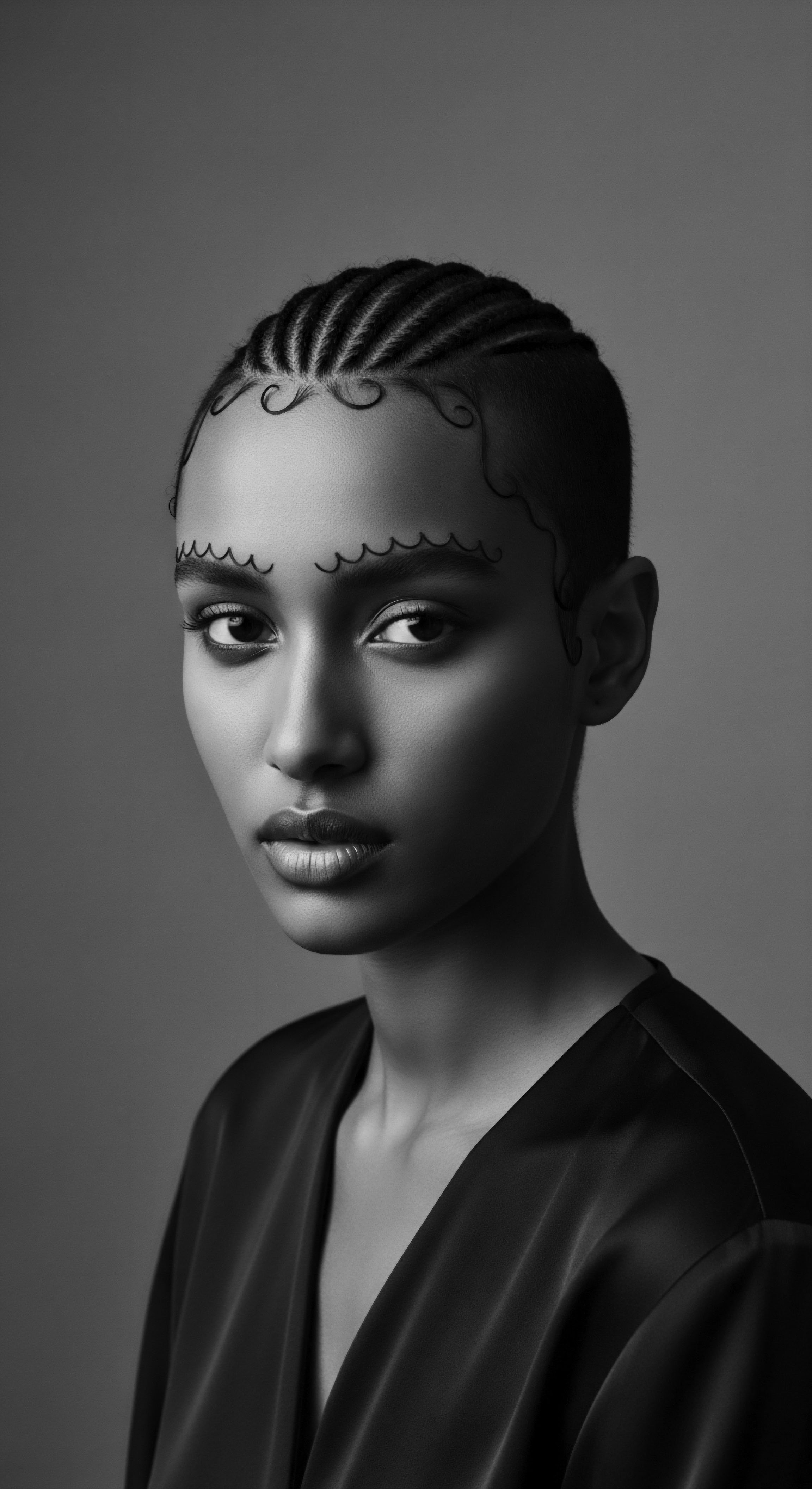
Evolution of Care Practices
The evolution of hair care practices for textured hair demonstrates a remarkable adaptability, moving from indigenous African methods to strategies born out of necessity during enslavement, and subsequently into modern movements that reclaim and celebrate natural hair.
- Ancient African Traditions ❉ Characterized by the use of locally sourced natural ingredients like plant extracts, clays, and butters, applied through communal rituals for nourishment, protection, and spiritual alignment.
- Diasporic Adaptations (Slavery Era) ❉ Marked by ingenuity in using limited resources, such as repurposed household items for styling, and the clandestine continuation of braiding for communication and survival.
- Post-Emancipation & Civil Rights Eras ❉ Saw the rise of straightening methods, often driven by societal pressures to conform to Eurocentric beauty ideals, followed by the resurgence of natural styles like the Afro as symbols of Black pride and resistance.
- Contemporary Natural Hair Movement ❉ A global re-affirmation of natural texture, propelled by online communities and beauty bloggers, which emphasizes holistic care, product ingredient awareness, and a deep appreciation for ancestral heritage.
One compelling historical example of Identity Markers as a site of both oppression and resistance is the Tignon Laws of 1786 in New Orleans. In an effort to control the perceived social and economic threat posed by free women of color, who often styled their hair elaborately and competed with white women for status, Governor Esteban Rodriguez Miró enacted legislation requiring them to cover their hair with a simple knotted headscarf, known as a tignon. This law aimed to visibly mark them as belonging to a lower social stratum.
However, these resilient women transformed the tignon into a fashion statement, adorning them with vibrant fabrics, jewels, and intricate arrangements, thereby reclaiming their self-expression and cultural identity despite the oppressive intent. This act of defiance through adornment profoundly illustrates how Identity Markers, even when legislated against, can be transformed into symbols of enduring pride and resistance.
The resilience of these hair traditions is further highlighted by the ongoing communal aspect of hair care. In many Black and mixed-race communities today, hair styling sessions continue to be spaces for intergenerational bonding, where techniques are shared, stories exchanged, and a sense of belonging reinforced. This practice ensures that the knowledge and cultural meaning embedded in Identity Markers are not lost but continue to evolve and gain new layers of significance.
| Historical Period Pre-Colonial Africa (Ancient to 15th Century) |
| Traditional Ingredients/Methods Shea butter, coconut oil, aloe vera, plant extracts, red ochre, clay. Wooden, bone, or ivory combs. |
| Purpose & Connection to Heritage Nourishment, protection, spiritual connection, social communication, tribal affiliation. |
| Historical Period Transatlantic Slave Trade (16th-19th Century) |
| Traditional Ingredients/Methods Limited access; improvised use of natural fats (lard, bacon grease), water. Clandestine braiding. |
| Purpose & Connection to Heritage Survival, communication (maps in braids), cultural preservation, resistance. |
| Historical Period Post-Emancipation & Early 20th Century |
| Traditional Ingredients/Methods Hot combs, chemical relaxers (initially harsh), various oils for straightening. |
| Purpose & Connection to Heritage Conformity to Eurocentric beauty standards, seeking "good hair" (straight). |
| Historical Period Mid-20th Century to Present (Natural Hair Movement) |
| Traditional Ingredients/Methods Re-emphasis on shea butter, natural oils, Ayurvedic herbs, water-based products. Afro picks, wide-tooth combs. |
| Purpose & Connection to Heritage Reclamation of identity, celebration of natural texture, holistic health, ancestral connection. |
| Historical Period This table shows the persistent resourcefulness in maintaining textured hair, adapting methods while retaining a core reverence for natural elements and cultural meaning. |
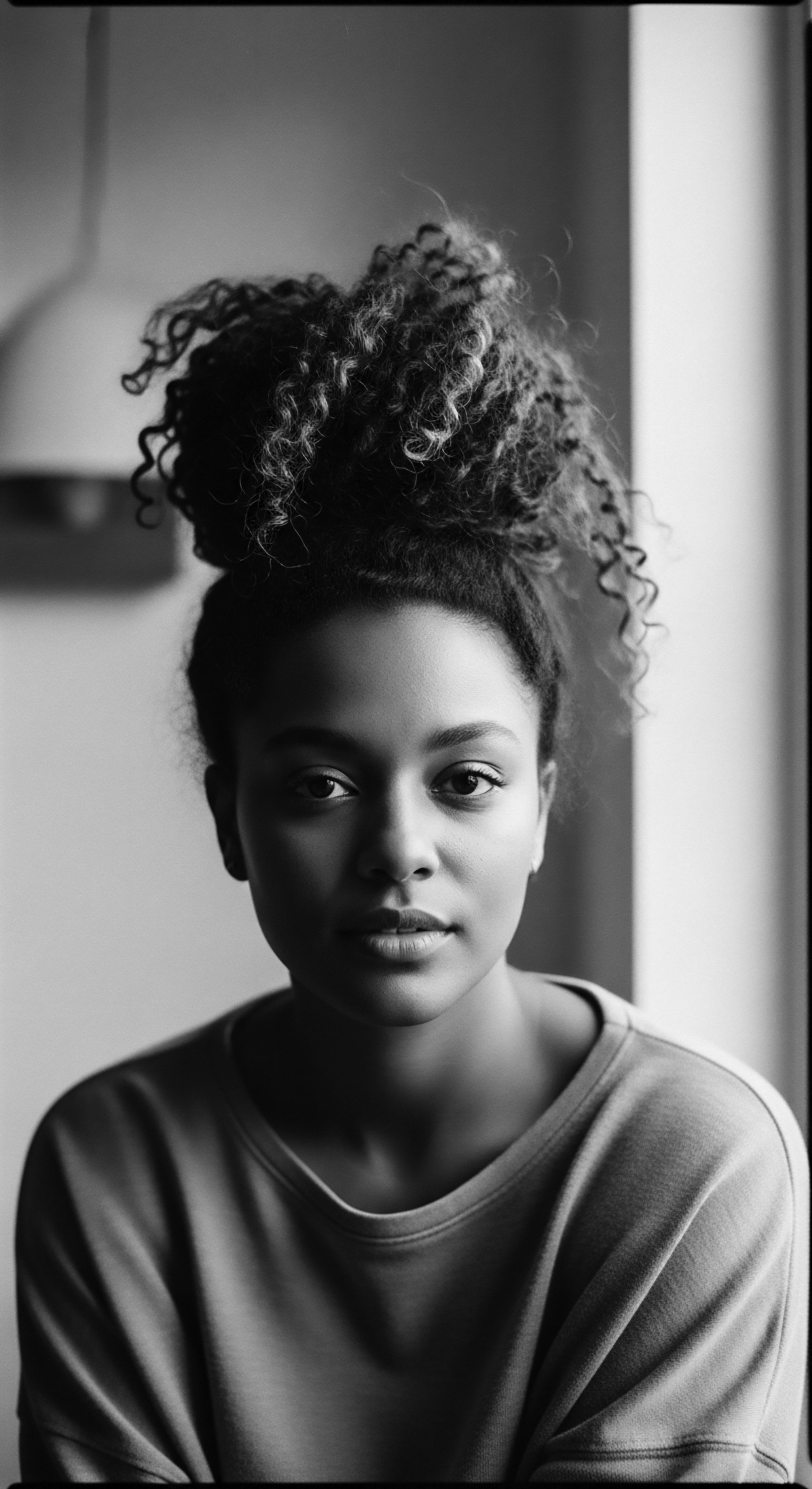
Academic
The advanced understanding of ‘Identity Markers’ within Roothea’s framework moves beyond descriptive historical accounts to a sophisticated explication, specifically within the context of textured hair, Black hair, and mixed-race hair heritage, its ongoing evolution, and its scientific validation. From an academic perspective, Identity Markers represent the complex interplay of biological predisposition, cultural construction, and psychosocial experience that collectively shapes the perception, care, and expression of textured hair. This is not merely a statement of appearance but a deeply embedded phenomenon, reflecting layers of historical agency, communal resilience, and individual self-determination. The meaning of Identity Markers, therefore, is a dynamic concept, constantly being re-negotiated and re-affirmed through lived experiences and scientific inquiry.
The biological basis of textured hair, characterized by its elliptical follicle shape and unique keratinization process, provides the elemental foundation for these Identity Markers. While research on Afro-type hair’s molecular basis is still developing, it is clear that its distinct physical properties, such as higher curl density and propensity for dryness due to uneven oil distribution, necessitated and continue to inform specific care methodologies. These biological distinctions, rather than being seen as deviations from a norm, are celebrated as genetic variations that contribute to the remarkable diversity of human hair. The academic inquiry into these biological markers often seeks to validate and explain the efficacy of traditional care practices, demonstrating how ancestral wisdom intuitively addressed the specific needs of textured hair long before modern science articulated the underlying mechanisms.
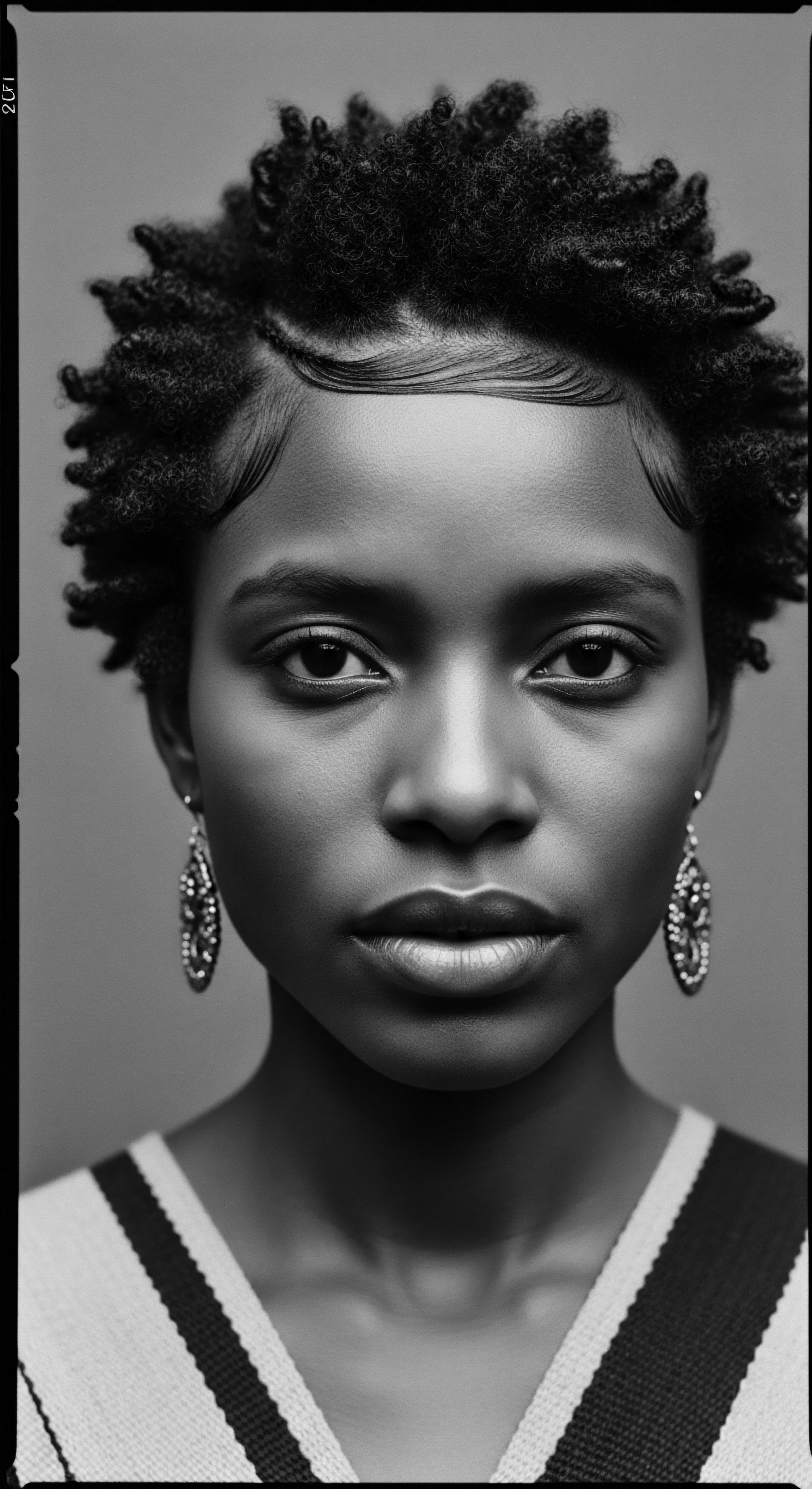
Anthropological and Sociological Delineations
From an anthropological standpoint, Identity Markers in hair are not static cultural artifacts but fluid expressions that reflect migration, adaptation, and resistance. Hairstyles and care rituals serve as powerful non-verbal communication systems, conveying complex social information within and across communities. Lori Tharps, a journalist and co-author of Hair Story ❉ Untangling the Roots of Black Hair in America, highlights how “just about everything about a person’s identity could be learned by looking at the hair” in early African civilizations.
This encompasses tribal affiliation, marital status, age, and even social rank. The forced shaving of heads during the transatlantic slave trade was a deliberate act to strip enslaved Africans of these profound Identity Markers, severing their visible connection to heritage and attempting to impose a new, dehumanized status.
Identity Markers are not just visual cues; they are profound cultural statements, reflecting the enduring spirit of communities through the language of hair.
The sociological significance of Identity Markers extends to the ongoing struggle against Eurocentric beauty standards and hair discrimination. The historical imposition of straight hair as the ideal of beauty led to widespread use of chemical relaxers and hot combs, often at significant cost to hair health, in an effort to conform. The subsequent Natural Hair Movement, gaining prominence in the mid-20th century with the rise of the Afro as a symbol of Black pride and later amplified by digital platforms, represents a powerful reclamation of Identity Markers.
This movement asserts the inherent beauty and validity of textured hair, challenging systemic biases and advocating for legislative protections such as the CROWN Act, which seeks to outlaw discrimination based on hair texture or protective hairstyles. This shift reflects a collective re-definition of beauty and professional standards, firmly rooting them in ancestral heritage and self-acceptance.
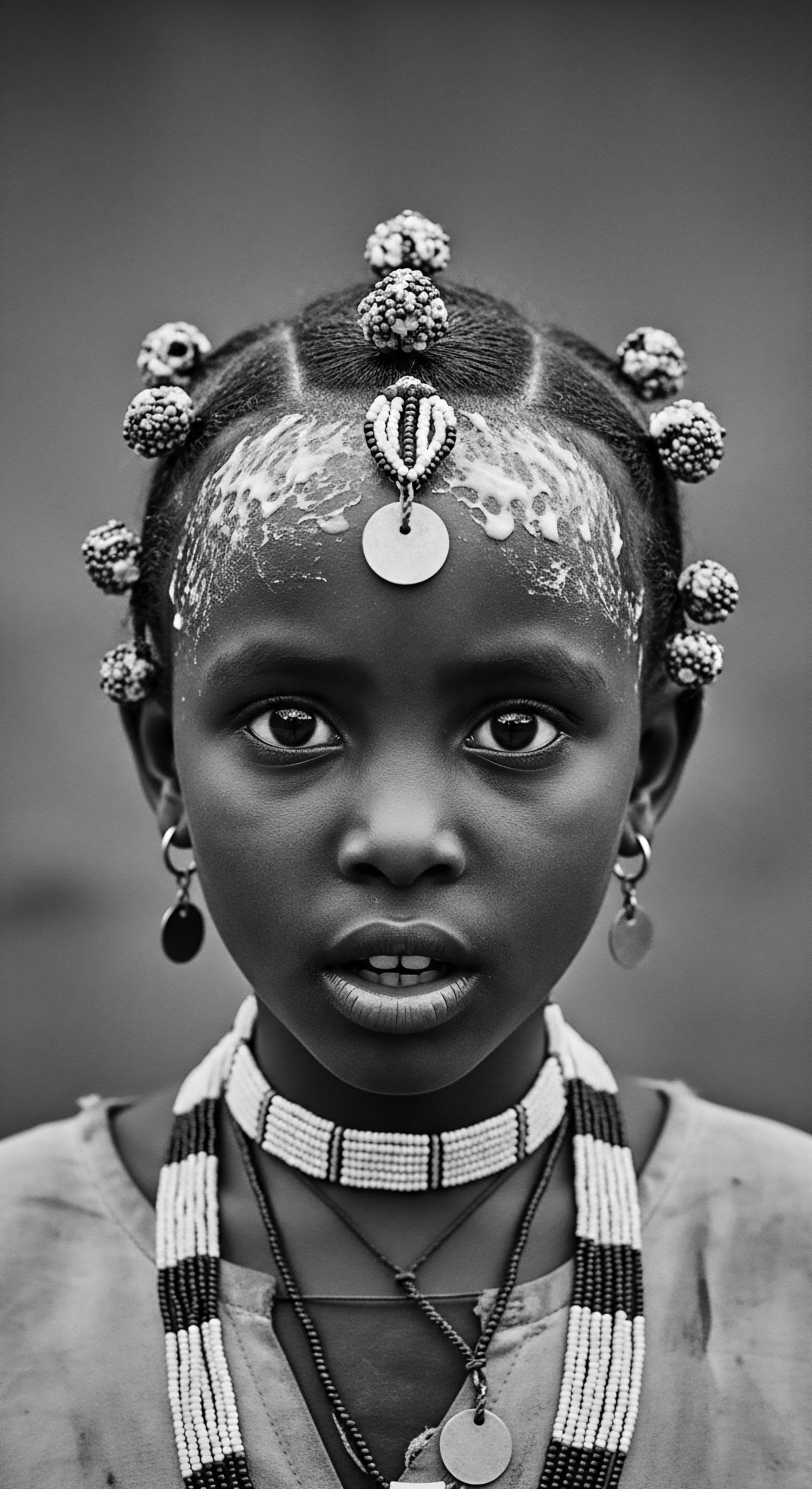
Psychosocial Dimensions and Genetic Connotations
The psychosocial impact of Identity Markers is profound. For individuals of Black and mixed-race heritage, hair often represents a deeply personal connection to their ancestry and a public declaration of their identity. The decision to wear natural hair, a protective style, or a straightened look is frequently a complex negotiation of personal preference, cultural affirmation, and societal pressures.
This choice can influence self-perception, belonging, and even professional opportunities. The concept of “good hair,” historically tied to proximity to European hair textures, underscores the internalized racism that textured hair communities have contended with, making the re-valuation of natural Identity Markers a powerful act of healing and self-love.
Genetically, the variations that give rise to the diverse textures of African and mixed-race hair are a testament to human diversity. Studies on genes like KRT74, TCHH, and CUTC have been shown to play a role in determining curl patterns, illustrating the complex genetic underpinnings of these physical Identity Markers. This scientific understanding provides a biological validation for the distinct needs and characteristics of textured hair, moving beyond simplistic classifications to a more nuanced appreciation of its unique properties. It reinforces the idea that the hair itself, at a molecular level, carries a story of heritage and adaptation.
From a corporate and expert perspective, understanding Identity Markers is not merely an academic exercise but a necessity for equitable product development, inclusive marketing, and culturally competent service provision. The historical lack of research into Afro-textured hair properties has resulted in a market saturated with products incompatible with its unique needs, leading to detrimental effects on hair and scalp health for many Black women. This highlights the need for partnerships between scientific research and hair care practices, bridging the gap between molecular understanding and ancestral knowledge. By recognizing the deep historical and cultural significance of Identity Markers, industries can move towards creating solutions that truly honor and serve the textured hair community, ensuring long-term success grounded in respect and authenticity.
The full significance of Identity Markers, therefore, lies in their capacity to serve as a comprehensive lens through which to examine the enduring spirit of a people. They are biological facts, historical narratives, cultural expressions, and psychological anchors, all woven into the very strands of hair. This compound explication reveals that the care and styling of textured hair are never superficial acts but deeply meaningful engagements with a living heritage, shaping not only individual appearances but also collective consciousness and future aspirations.
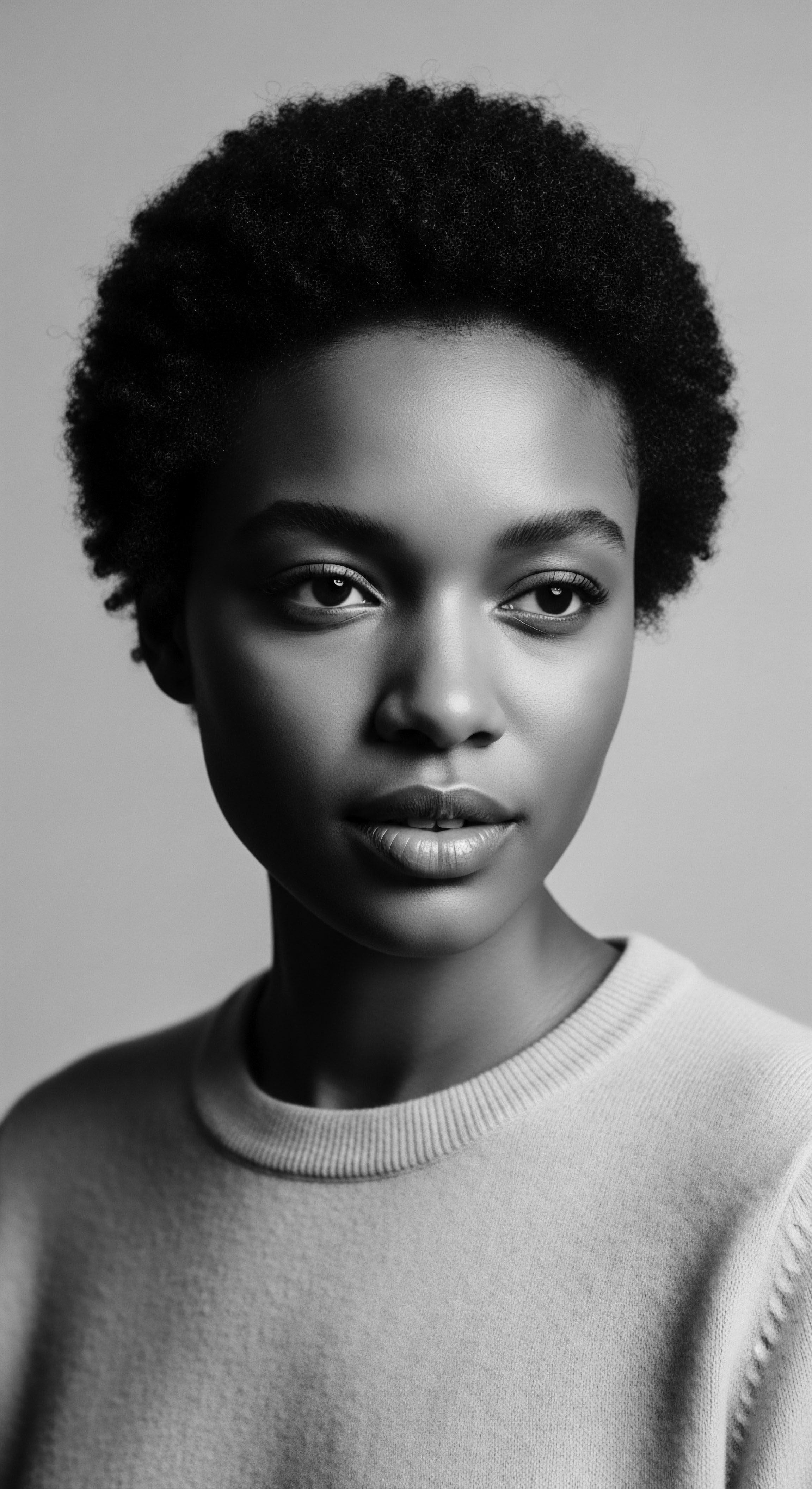
Reflection on the Heritage of Identity Markers
The journey through the meaning of Identity Markers reveals a profound truth ❉ textured hair is a living, breathing testament to the enduring spirit of a people. Each curl, coil, and strand carries the whispers of ancestors, the resilience of generations, and the vibrant declaration of self. From the ancient African hearths where hair was sculpted into declarations of status and spiritual connection, to the diasporic lands where it became a silent language of survival and resistance, the heritage of Identity Markers persists. It is a continuous narrative, written not in ink, but in the very fiber of being.
This understanding transcends mere beauty standards; it delves into the soul of a strand, recognizing hair as a sacred extension of self and community. The ancestral wisdom, often intuitive and passed down through communal touch, finds resonance in contemporary scientific insights, affirming a timeless connection between the natural world and personal well-being. To engage with Identity Markers is to participate in a sacred tradition, acknowledging the profound history that shapes present-day care and expression. It is a call to honor the unique story held within each textured crown, celebrating the rich tapestry of Black and mixed-race hair heritage not as a relic of the past, but as a dynamic, living force that continues to shape futures.
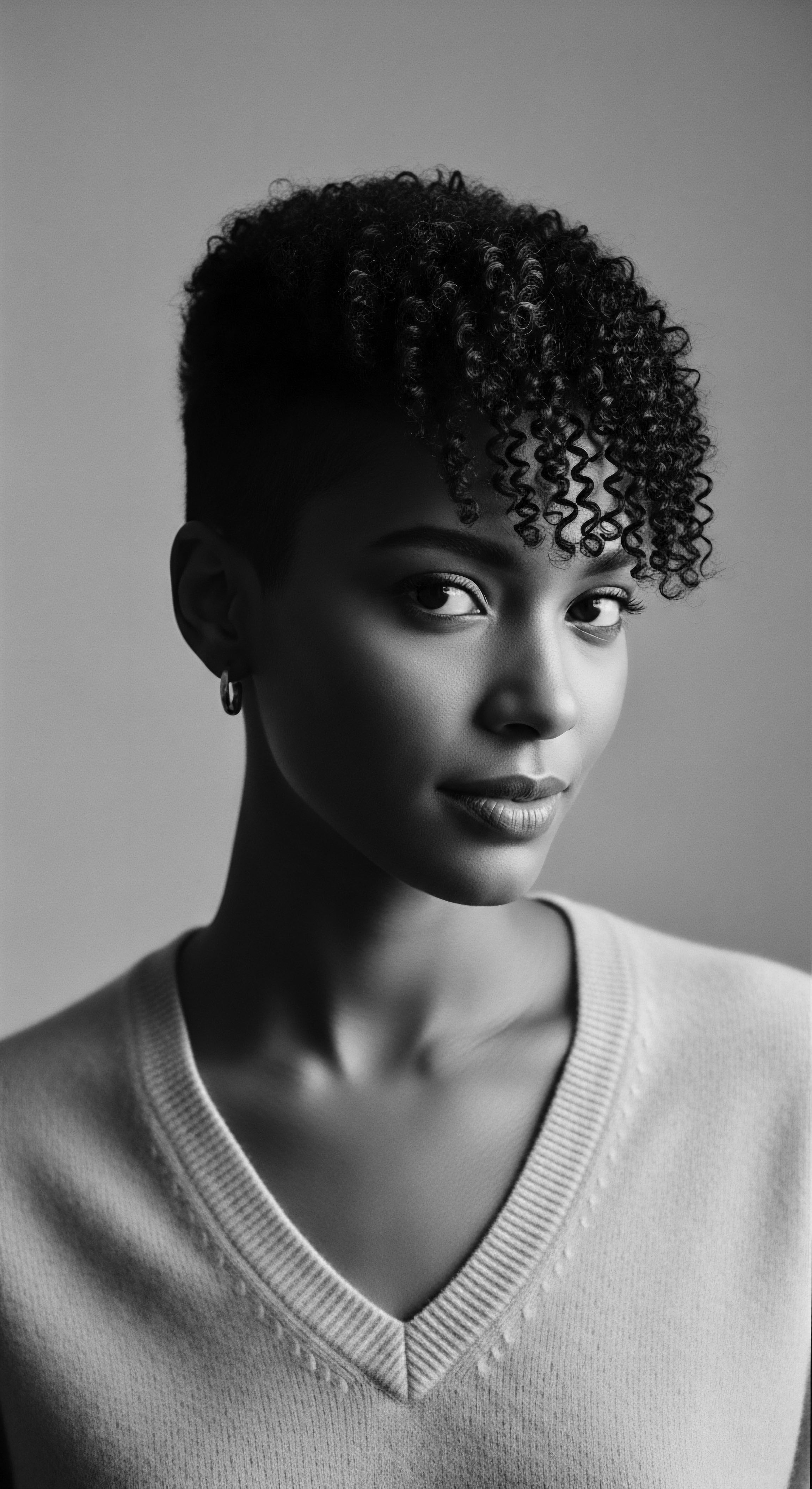
References
- Akanmori, M. (2015). The Cultural Significance of Hair in African Traditional Society. University of Ghana.
- Byrd, A. D. & Tharps, L. (2001). Hair Story ❉ Untangling the Roots of Black Hair in America. St. Martin’s Press.
- Essel, S. K. (2023). African Hair Styling as a Socio-Cultural Practice and Identity ❉ A Deprivation Africans Went Through During Slavery. Journal of African Studies.
- Gordon, M. (2018). Hair as a Symbol of Identity and Resistance in African Civilizations. Journal of Pan African Studies.
- Lukate, J. (2022). The Psychology of Black Hair. TEDxTalk.
- Roberts, K. (2020). Hair and the African Diaspora ❉ A History of Identity, Culture, and Resistance. Routledge.
- Simon, D. (2019). Hair ❉ Public, Political, Extremely Personal. Bloomsbury Academic.
- White, E. F. (2003). Dark Continent of Our Bodies ❉ Black Feminism and the Politics of Respectability. Temple University Press.
